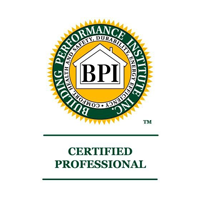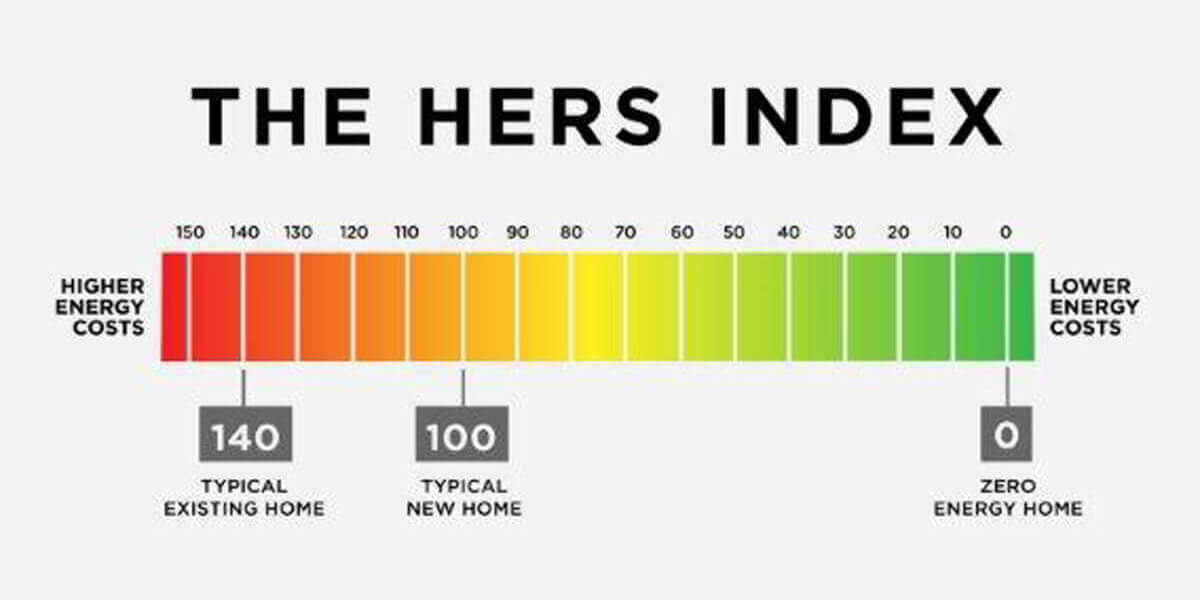Seal your home and receive benefits; it should just be that easy. Sealing your home helps you to control your indoor temperature, monitors airflow, and lowers your utilities bill—when done properly. All too often, homes are carelessly sealed to trap major problem-causers within the sealed walls. If the problem is inside, then a controlled ventilation system will not help you.
For example, sealing a home that has a moisture problem does not fix the problem, it just keeps the moisture inside. You must first take care of the moisture, then proactively air seal your home to control future moisture levels. Building science has come a long way; we are now getting very good at building tight, energy-efficient homes and sealing old homes. By combining air sealing with insulation, homes are getting tighter and we are saving more energy when the homes receive effective air sealing.
In order to seal your home, we have to consider the whole house system. Total home improvement does not work if you just seal one part of your home or replace insulation in the ceilings, but not the walls. Likewise, if you focus on sealing your home but neglect to fix any problems that you seal in, then the overall system does not improve. To reach your home’s full energy-saving potential, your home must be sealed from all angles.
Parts of your home that typically contribute to air leakage require more attention while sealing in order to maintain the airflow, but to keep it under control:
- garages that attach to your home,
- stove fans,
- fireplaces, and
- clothes dryers.
While the best solution for garage sealing is simply to not attach your garage to your home, sealing an attached garage can also help seal your home. If your garage is attached to your home, the combination of a balanced ventilation system, air sealing, and insulating is the best solution. A garage is an area of transition from outside air to inside air, which makes it a hard place to seal. When left alone, an attached garage pulls the outside air into your home.
Kitchen range hoods suck up the smoke from your stove-top grilled cheese, but they also create air leakage. If you seal off your home with no regard to your kitchen hood, you will trap a problem inside. A hood sucks up air that rises from your stove, but if your home is completely sealed, the hood will not have air to inhale. There needs to be a controlled airflow system that allows the hood to draw from air in your kitchen.
Here is a tip: the best kind of a kitchen hood is a backshelf hood with side panels and large overhangs on the side and on the front. This design helps to control airflow, especially when it is paired with air sealing.
Finally, sealing fireplaces and clothes dryers is a similar idea to a kitchen hood; it is necessary to have controlled airflow. The most effective way to achieve this airflow is to air seal the surrounding space and make sure that the air that the machines suck in comes from a different zone. This means installing a ventilation system or fan in an area where the fireplace or dryer can draw from. These methods to control airflow seal your home while allowing the air movement that you want.
Air sealing is a delicate task. It requires knowing where to block air, and when to allow airflow. Effectively air sealing creates a balance that controls airflow. Before your home is sealed, the problems within your home need to be fixed to avoid trapping them in your home. Once the problems are solved and a stable airflow is established, you will have control over your home’s air, your personal comfort, and your utilities bill.















